Minimum Efficeint Scale
I find it interesting how Exxon spins its profit picture and tells how it's invested X number of dollar into inproving its efficiency and upgrading its facilities. All that is well and find, but, if the price of a barrell of oil was at $35, they be on K Street in DC bribbing their elected lackies into giving them bigger government handouts to survive. The corporate welfare state...
---
The minimum efficient scale (MES) is the output for a business in the long run where the internal economies of scale have been fully exploited. It corresponds to the lowest point on the long run average total cost curve and is also known as the output of long run productive efficiency. The MES is rarely a single output - more likely it is a range of output levels where average cost is minimised where the firm achieves constant returns to scale. The MES will vary from industry to industry depending on the nature of the cost structure in a particular sector of the economy. When the ratio of fixed to variable costs is very high, there is great potential for reducing the average cost of production.
The extent to which economies of scale can be exploited in the long run will vary between different industries. In some the minimum efficient scale is reached at a relatively low level of output. The internal scale economies are limited and there is room for many separate businesses to achieve the MES. With a natural monopoly, the cost structure is different. For example, in industries where massive networks or national distribution channels are required, the overhead costs relative to the running costs are likely to be high. There is also likely to be great potential to exploit technical economies of scale. As a result the MES may be a high proportion of total market demand. There may be room only for one business to fully exploit the economies of scale available in the industry. We assume for a natural monopoly that the long-run average cost curve falls continuously over a very large range of output. This is shown in the diagram below.
Learn more: Economics Tutor.
Now, do you see any problems in what Dr. Bill says above?







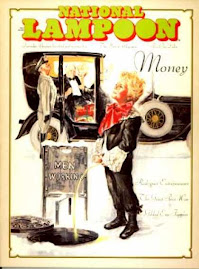


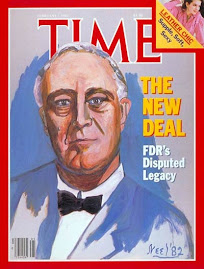





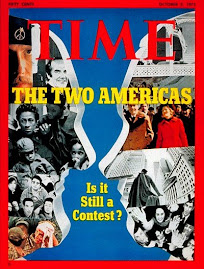



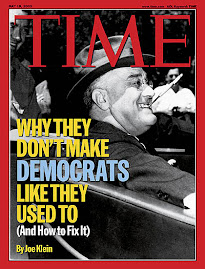
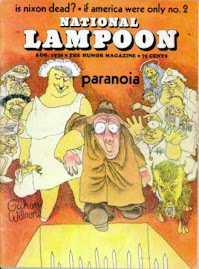
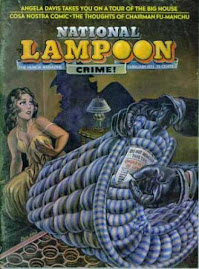




No comments:
Post a Comment